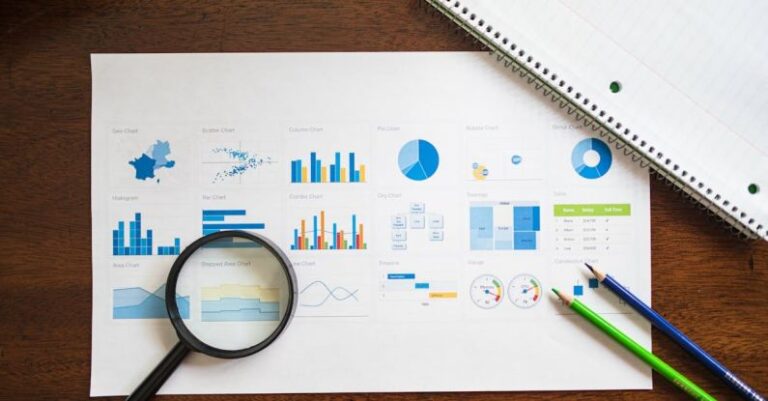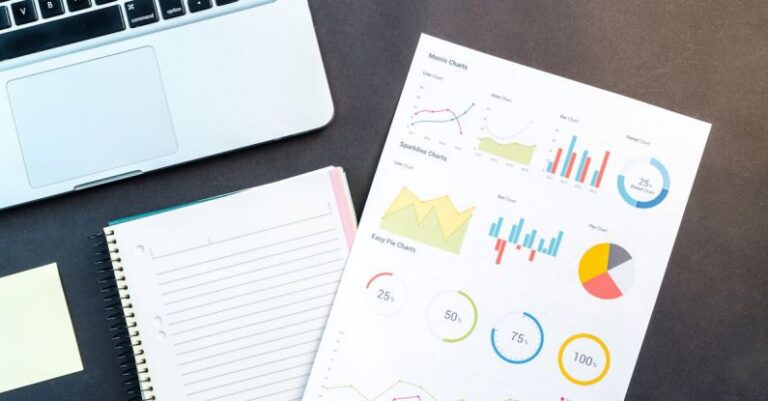How Can Data Visualization Tell a Story

The Power of Data Visualization in Storytelling
In today’s data-driven world, the ability to interpret and communicate information effectively is more important than ever. Data visualization, the graphical representation of data, plays a crucial role in transforming raw data into meaningful insights. Beyond just presenting numbers and figures, data visualization has the power to tell a compelling story, making complex information more accessible and engaging for audiences.
Visual Appeal Captures Attention
One of the key advantages of data visualization is its ability to capture attention through visual appeal. Humans are naturally drawn to visuals, and incorporating charts, graphs, and maps into data presentation can enhance understanding and retention. By using colors, shapes, and patterns, data visualization creates a visually engaging experience that encourages viewers to explore and interact with the information.
Visualizing Trends and Patterns
Data visualization enables storytellers to uncover trends and patterns that may not be immediately apparent in raw data. By representing data in visual form, patterns emerge, relationships become clearer, and insights are more easily gleaned. Whether it’s identifying sales trends, mapping geographic patterns, or spotting anomalies in data sets, visualization tools provide a dynamic way to showcase information that goes beyond traditional spreadsheets and reports.
Enhancing Data Interpretation
Effective storytelling through data visualization goes beyond just presenting numbers; it involves interpreting the data and conveying its significance to the audience. By selecting the most appropriate visual representation for the data at hand, storytellers can highlight key findings, draw connections between data points, and guide viewers through the narrative. Whether it’s a bar chart showing revenue growth over time or a heat map illustrating population density, the choice of visualization can greatly impact how the story is perceived and understood.
Creating Impactful Narratives
Data visualization has the power to transform dry statistics into impactful narratives that resonate with audiences. By combining data with storytelling techniques, such as context setting, emotional appeal, and a clear narrative arc, data visualizations can evoke empathy, drive action, and inspire change. Whether it’s visualizing the impact of climate change through interactive maps or telling the story of global poverty through compelling infographics, data visualization has the potential to engage and inform in ways that traditional text-based reports cannot.
Fostering Data-Driven Decision Making
In today’s fast-paced business environment, data-driven decision making is essential for success. Data visualization plays a crucial role in this process by enabling decision-makers to quickly grasp complex information, identify trends, and make informed choices. By visualizing data in intuitive and interactive ways, organizations can streamline decision-making processes, spot opportunities for growth, and mitigate risks more effectively. From financial dashboards that track key performance indicators to interactive reports that analyze customer behavior, data visualization empowers decision-makers to act with confidence and clarity.
Crafting Compelling Visual Stories
When used effectively, data visualization can transform information into compelling visual stories that engage, inspire, and inform. By harnessing the power of visual storytelling, storytellers can bring data to life, spark curiosity, and drive meaningful action. Whether it’s creating interactive data visualizations for online platforms, designing captivating presentations for stakeholders, or crafting immersive data-driven experiences for audiences, the potential of data visualization in storytelling is limitless.
Empowering Audiences with Insights
Ultimately, the goal of data visualization in storytelling is to empower audiences with insights that drive understanding and action. By presenting data in a visual and accessible format, storytellers can demystify complex information, foster engagement, and catalyze change. From infographics that educate the public on pressing social issues to data visualizations that inform policymakers on critical decisions, the power of data visualization in storytelling lies in its ability to transform data into a powerful tool for communication and advocacy.





